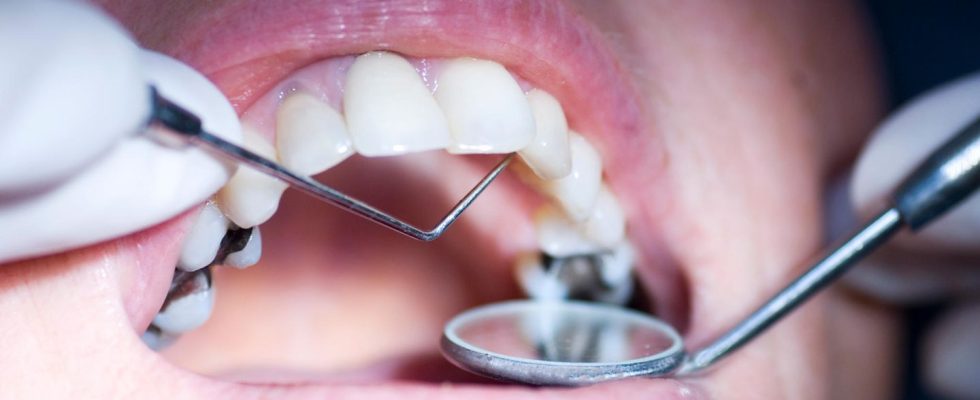Nerve damage, autoimmune diseases, dementia – many diseases are said to be linked to mercury from amalgam. The EU has banned the filler, but that creates a dilemma. Six things you need to know now.
Caries treatment will never again be as cheap as it was this year. Last week, the EU Parliament, the European Council and the European Commission finally decided: a Europe-wide amalgam ban will apply from January 1, 2025.
This ends the bitter dispute between amalgam opponents and supporters after decades. On the one hand, environmental medicine and their associations, alternative practitioners and self-proclaimed amalgam experts who fueled massive fears about the metal alloy containing mercury. On the other hand, the professional associations of dentists and the statutory health insurance companies, which negated possible dangers.
Many players have massive vested interests. The health insurance companies saved a lot of money thanks to amalgam. A filling costs around 50 euros, and if you prefer a tooth-colored plastic filling instead of the ugly metal look, you pay a large part of the bill yourself. Dentists have also long since made themselves comfortable in a largely amalgam-free world. Hardly anyone in Germany still offers the material. Amalgam opponents often run profitable businesses with expensive dental renovations and detoxification treatments.
How expensive will the “co-payment-free alternative” that those with statutory health insurance are entitled to be in the future? The health insurance companies and the professional associations of dentists will now have to negotiate this. No matter where they come from, one thing is certain: significantly more expensive. And the old question hovers over everything: How toxic is amalgam really?

